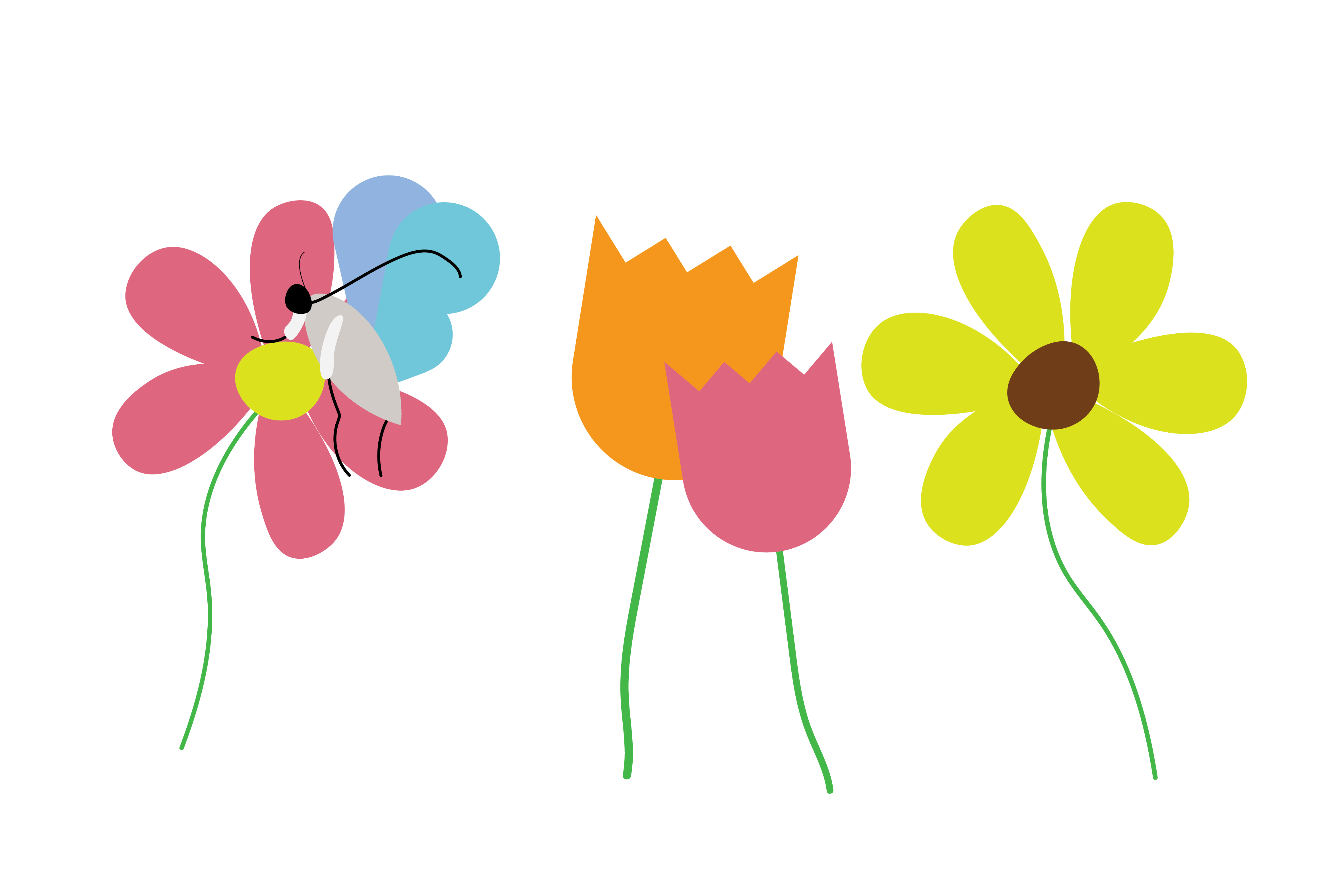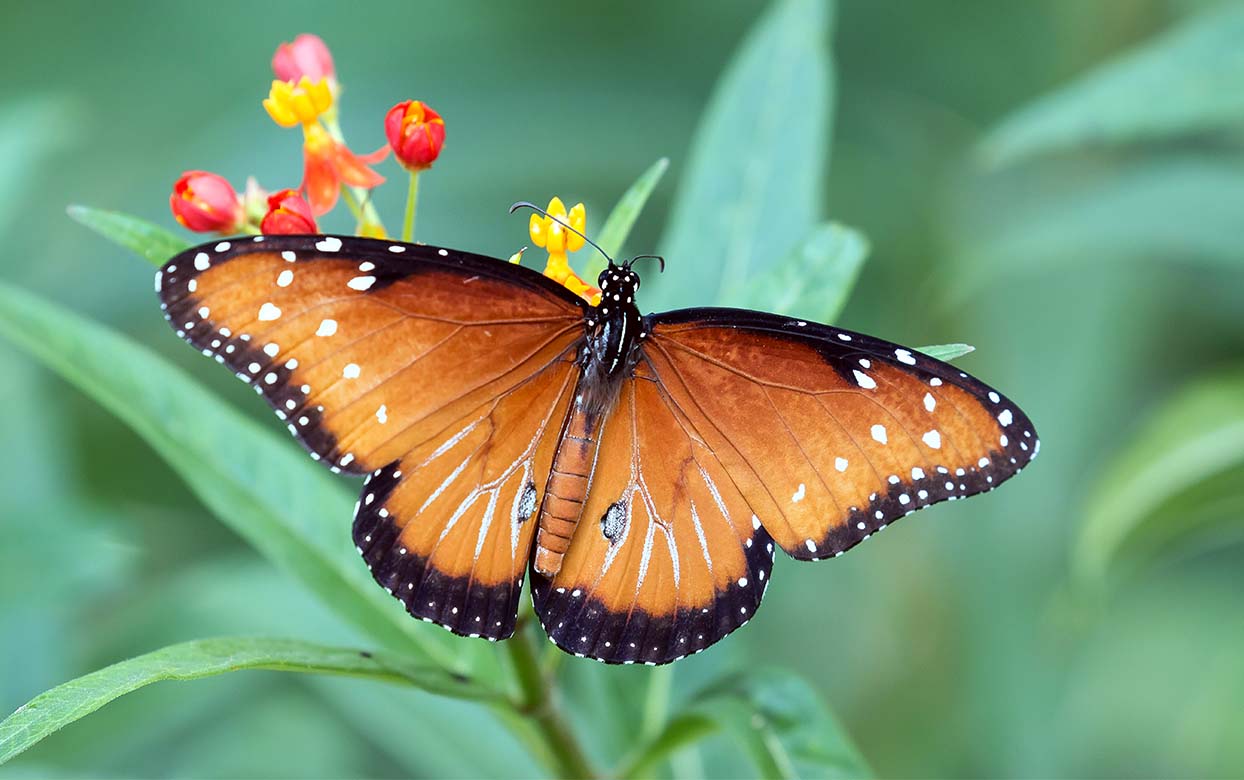You can do this activity at the Garden, your home, in your neighborhood or anywhere you see flowers would work!

- Timer
- Pencil
- Notebook or Blank Paper with Clipboard

Go on a walk near your home and search for flowering plants that could potentially attract butterflies. When you find a plant you would like to observe with your child , sit down and get comfortable.
Help your child record the following information:

Make a prediction
How many butterflies do you think will visit this plant in five minutes?

Set a timer for five minutes and observe your plant. During this time, tally up the number of butterflies that visit. Also list the plant’s other visitors, including bees, ants or birds. What do they do when they visit the plant? At the end of five minutes, add up your tallied insects. How does your original prediction for butterfly visits compare to your measured results?
Continue your walk and select two others similarly sized flowering plants to observe and record what you see.
Analyze your findings. Which flowering plants had the highest number of butterfly visits? Which had the highest number of visitors total? Why do you think this is?
Ready for more? Think like a scientist!
Scientists don’t have time to sit and observe flowers and butterflies for hours and hours, but with some math, can make helpful assumptions for longer periods. Use the information in your data sets to estimate how many butterflies and other visitors stop at each plant for 10 minutes, one hour and 12 hours.
For example:
___ (The number you observed in 5 minutes) X 2 = _____ (The number you might see in 10 minutes)
___ (The number you observed in 5 minutes) X 12 = _____ (The number you might see in one hour)
___ (The number you observed in 5 minutes) X 120 = _____ (The number you might see in 10 hours)!
Keep going! How many could you see in a day? A week? A month?

